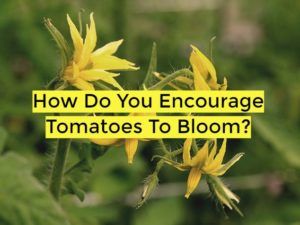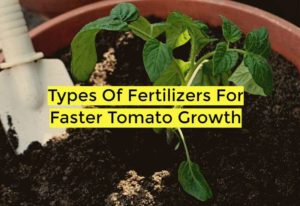Marigolds in garden for pest control is an integrated pest management technique used to reduce the population of pathogens and pests in the soil and around valuable crops.
Research has shown that growing certain crops like marigold alongside cash crops like tomatoes reduces the cases of diseases and improves the yield.
Marigold produces chemicals into the air and soil, which make the area around them unfavorable for certain pests and pathogens.
Intercropping is only one way you can use marigolds in garden for pest control. Another way is planting marigold cover crops or extracting essential oils and spraying them on tomato leaves.
You probably wonder how a tiny plant like the marigold can do all this damage. Well, plants are curious things. Over the years, they have come up with creative ways to survive in environments with a lot of competition and threats to their safety.
When you intercrop marigold with tomatoes, you tap into marigold’s ability to repel unwanted organisms. When you grow them together, the soil and air around the tomatoes will contain the same repelling qualities.
Intercropping against tomato fruit borer
Marigold is great at preventing fruit attacks by fruit borer insects. They lay their eggs inside the tomato flower. The eggs hatch, into larvae (worms), as the flower begins to form a fruit.
The larvae feed on the insides of the fruit. Once it becomes a moth, it bores a hole through the tomato skin. They leave a trail of black fecal droppings as they move out of the fruit.
When you find these black droppings while scouting for disease, you know the fruit borer has infected your crop.
Marigold protects your plant by attracting the adult fruit borer to lay their eggs on it instead of the tomato flower.
They produce their flowers much earlier than tomatoes produce and in large numbers. When the fruit borer reaches the area, they are attracted by the many flowers.
Once they have established the marigold flower, they do not migrate to another plant but live there until they become adult flies.
This technique is called crop trapping. It has seen increasing use as an integrated pest management technique.
You Might Also Like: How to get rid of Tuta absoluta in tomatoes
Intercropping against nematodes
Marigold as a companion crops
Planting companion crops in the greenhouse also helps protect the crops against attacks by pests. In addition, the companion crops also reduce the labor for controlling weeds because they cover the open spaces where weeds might grow,
Combining white mustard and marigold crops for the greenhouse is an effective way to manage tomato pests and diseases.
Marigold as a cover crop
Cover crops are any crop you grow to cover the soil from direct sunlight once harvested. Cover cropping has become increasingly popular because of the push for sustainable farming.
Sustainable farming is when your practices are not wasteful of natural resources and ensure the safety of the organisms living in the soils.
As a cover crop, marigold produces chemicals into the soil called tarthienyl. All this chemical does is kill nematodes which attack tomatoes. Therefore, the population of nematodes will reduce.
So when you want to plant a new crop, you’ll have an easier job not having to deal with nematodes.
Spraying marigold extracts in the soil and leaves
In this method, you crush marigold flowers and dilute the extract with water. Marigold flower works well against nematodes and diseases like canker, blight among others.
Researchers have shown that this method will do well to substitute the use of chemicals which also kill beneficial organisms such as earthworms and nitrogen-fixing bacteria in the soil.
Attracting predator organisms
Which appear and begin feeding on nematodes. Once the population of nematodes is reduced, the predators die off.
Marigold produces many flowers which attract other insects. Some of the insects attracted by the flowers feed on the nematodes in the soil.





[…] How marigolds may be your best control for garden pests […]
[…] in flowers like marigolds, which keep pests away, draw pollinators and add […]